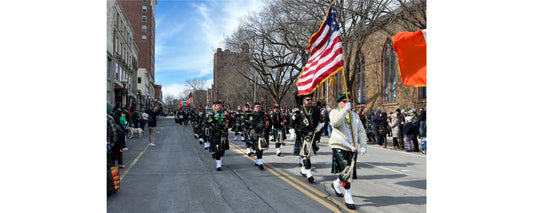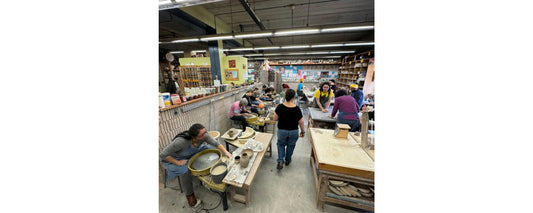New Haven is a city you can walk across in an afternoon. Benches are part of that journey.
Best benches in town? Maybe the rough stone ones built into the exterior wall of the Yale Art Gallery. Maybe the ones along Long Wharf, on that winding path that leads down along the docks, reeds and rushes to Vietnam Veterans Memorial Park. Or how about the ones at the base of East Rock?
Pity the solitary bench on Brewery Street near the main New Haven Post Office. It once provided a much-needed resting place on a walk from downtown to the waterfront, and is now dwarfed by the IKEA building, which offers seating choices by the hundreds.
sponsored by
When the fountain was built around the flagpole on New Haven Green, classy cement benches came with it, and suddenly a brown-bag urban professional lunch scene grew in a spot that previously was just another step in the grass. Those benches are just yards from some well-situated sitting places at the Chapel/Church edge of the Green, near that older fountain that horses used to drink from.
New Haven Green was already well known for its benches before the flagpole ones came in, thanks to the homeless population which used the old wood-and-metal models spread around the Green for beds. Those benches were sectioned off some time ago with central dividers that discouraged horizontal lounging, but some folks still use them for that purpose. Meanwhile, the city has over the years improved access to its homeless shelters, and charitable programs such as the interfaith Abraham’s Tent organization help those without homes sleep on gentler surfaces.
The association between benches and the homeless population, particularly in wintertime, was the basis of an important book published in 2000: As I Sat on the Green: Living Without a Home in New Haven, edited by acclaimed short story writer Alice Mattison, human services worker Patricia Benedict and Lezley TwoBears of the South Central Behavioral Health Network. The book, which featured a snow-covered bench on its cover, was divided into three sections: interviews with and writing by the homeless; essays by caregivers describing how society at large was facing homelessness issues; and “Survival Tips,” such as, “Ask what laws exist that are directed toward people who are homeless, so you don’t get yourself in trouble. For instance, in Seattle it’s against the law to sit down.”
As I Sat on the Green was turned into a theater piece by students at the Educational Center for the Arts. It wasn’t the only bench-themed play in New Haven history; Robert Galinsky wrote the short play 20 Minutes on a Bench, fictionalizing conversations he’d overheard. Some noteworthy literary figures were regular New Haven bench-sitters: Yale Humanities professor Harold Bloom; South African playwright Athol Fugard, who premiered several of his plays at Yale Rep and Long Wharf; Vanity Fair columnist Dominick Dunne, who was spotted not just on a bench on the Green but numerous times on those dark wooden benches at Union Station.
Stores have been named for benches: the boutique Group W Bench on Chapel Street, of course, which places a bench outside the shop during business hours for passersby to relax on. There was also City Bench, one of the temporary businesses supported by Project Storefronts, which sold “furniture from the urban forest.” Chairigami (originally on York Street, now on Chapel) sells benches fashioned from cardboard. One of those Chairigami benches was purchased by Zack Beatty of the SeeClickFix city-improvement coordinators. It was placed near the corner of Chapel and State to be enjoyed by the many people who wait there for a bus.
Those who sit on city benches near the bus stop at the corner of Chapel and Orange streets are a captive audience for the public art displays erected by Artspace in the vacant lot-gallery space simply known as The Lot. Some of The Lot artists have brought in their own benches as part of their artworks, or supplemented the existing benches with creature comforts like a cupboard-sized lending library. One project in 2011 involved high-schoolers in the Artspace apprenticeship program creating benches out of found objects, building protective trellises above them.
Benches provide spiritual shelter as well as sedentary comfort. There’s a special respect due to the dearly departed at local cemeteries who’ve chosen to make benches a part of their memorial plots. It’s a pleasant way to welcome strangers even though you’re dead. Grove Street, Evergreen, Miskan Israel… all have benches somewhere to sit and reflect.
When local urban beautification groups advocate for wider walkways around new developments such as the Route 34 Downtown Crossing project, they’re talking about sidewalks, but the idea might as well be benches—being outside of cars, finding a place to stop and admire parts of the city which deserve to be admired.
The best benches in New Haven? The ones that are where you need them to be, in the city where you need to be.
Written and photographed by Christopher Arnott.








